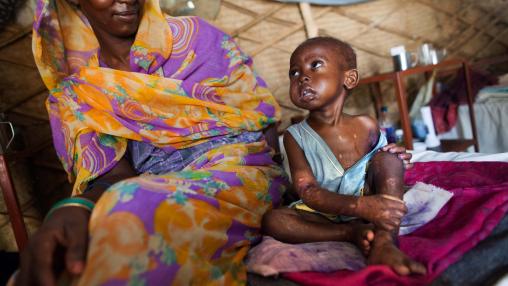
Measuring Child Malnutrition
Malnutrition during the first two years of life can lead to increased risk of child morbidity and mortality. Globally, malnutrition causes 45 percent of all deaths reported for children under the age of 5. In addition, malnutrition can cause suboptimal brain development, which negatively affects cognitive development and can lead to poor educational performance and low productivity in adulthood.
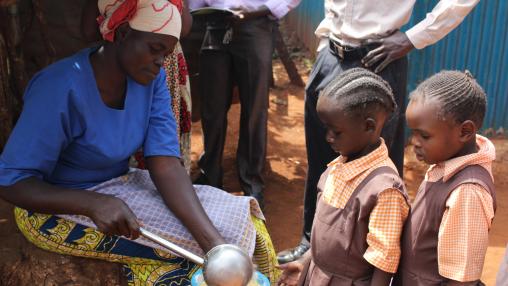
New Malabo Montpellier Report
While significant progress has been made in reducing hunger and food insecurity in Africa in recent decades, around one in five people in the region continue to face chronic undernourishment. In a new report from the Malabo Montpellier Panel, “Nourished: How Africa Can Build a Future Free from Hunger and Malnutrition” , researchers take a systematic country-level approach to identify where progress has been achieved and how to replicate and scale up successful policies.
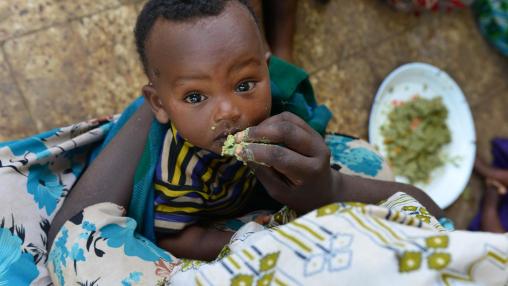
Ethiopia’s PSNP and Child Nutrition
Ethiopia’s Productive Safety Net Programme (PSNP), which combines a public works program with unconditional cash and food transfers, is one of the largest safety net programs for household food security in Africa. But does it actually improve childhood nutrition in the country? A recent project paper from IFPRI’s Ethiopia Strategy Support Program (ESSP) explores this question and finds no evidence that the PSNP reduces chronic undernutrition in preschool-aged children; this finding could be the result of confounding environment, social, or economic factors that need to be addressed.
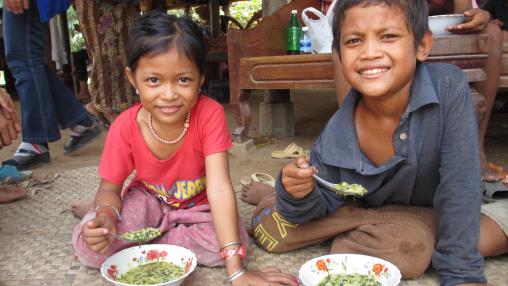
Food Transfers and Child Nutrition
In the 2016 Global Hunger Index (produced by IFPRI, Concern International, and ), Malawi ranked 88 th out of 118 countries, with 20.7 percent of the population suffering from undernourishment and 42.4 percent of children under 5 years of age suffering from stunting. In the lean season, food and nutrition security poses even more of a challenge; according to an assessment by the Malawi Vulnerability Assessment Committee, 2016 lean-season food insecurity (stretching from October 2015 – March 2016) was forecast to affect around 2.8 million people.

Hunger in Africa Highest in World
While global hunger has fallen significantly since 2000, hunger levels in Africa south of the Sahara remain high – they are, in fact, the highest in the world. This is the finding of the 2016 Global Hunger Index , released today by IFPRI, Concern Worldwide, and Welthungerhilfe.
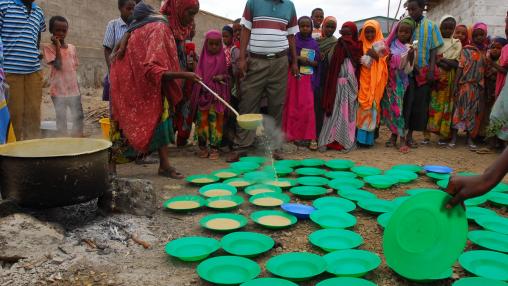
Africa's Stories of Change in Nutrition
IFPRI’s “Stories of Change in Nutrition” series of publications examines evidence from countries with high burdens of malnutrition in order to better understand how nutrition policies are made and how these policies are implemented on the ground. In Africa south of the Sahara, the series thus far covers Ethiopia , Zambia , and Senegal .
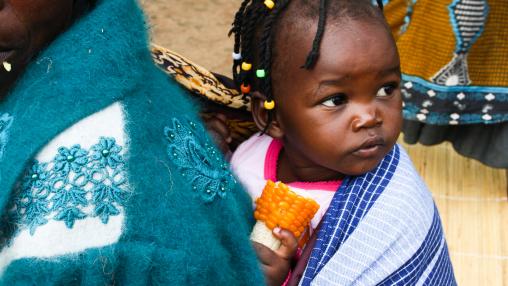
Reducing Child Stunting in Zambia
Stunting, or low height-for-age, remains a significant development challenge throughout much of Africa south of the Sahara. According to the World Health Organization (WHO) , childhood stunting can have significant long-term effects, including decreased cognitive and physical development, increased vulnerability to disease, and reduced productive capacity into adulthood.

The Many Facets of Malnutrition
Fifty-seven out of 129 countries around the world are faced with very serious levels of both undernutrition and adult overweight and obesity, according to the 2016 Global Nutrition Report . Africa remains one of the regions most plagued by these varied threats of malnutrition, and the continent will need to make strong commitments to reach the goal set forth by the SDGs of ending malnutrition in all its forms by 2030.

Together for Nutrition 2015 Conference Focuses on Improving Ethiopian Nutrition
This blog was originally posted on the Together for Nutrition website .
This conference took place on 15th June in Addis Ababa. Almost 150 people attended from diverse sectors and organizations to learn and to share the latest research on food and nutrition.
The introduction, presented by Bart Minten, program leader for ESSP, Stuart Gillespie, CEO Transform Nutrition and Ferew Lemma, Ministry of Health, captured the essence of why we were gathered together – to collectively improve nutrition in Ethiopia.

Does Aflatoxin Exposure Cause Child Stunting?
This blog was originally posted on IFPRI.org. It was written by Kelly Jones and Vivian Hoffmann from IFPRI’s Markets, Trade, and Institutions Division as part of an ongoing series of researcher-authored blog stories highlighting research in progress at IFPRI.